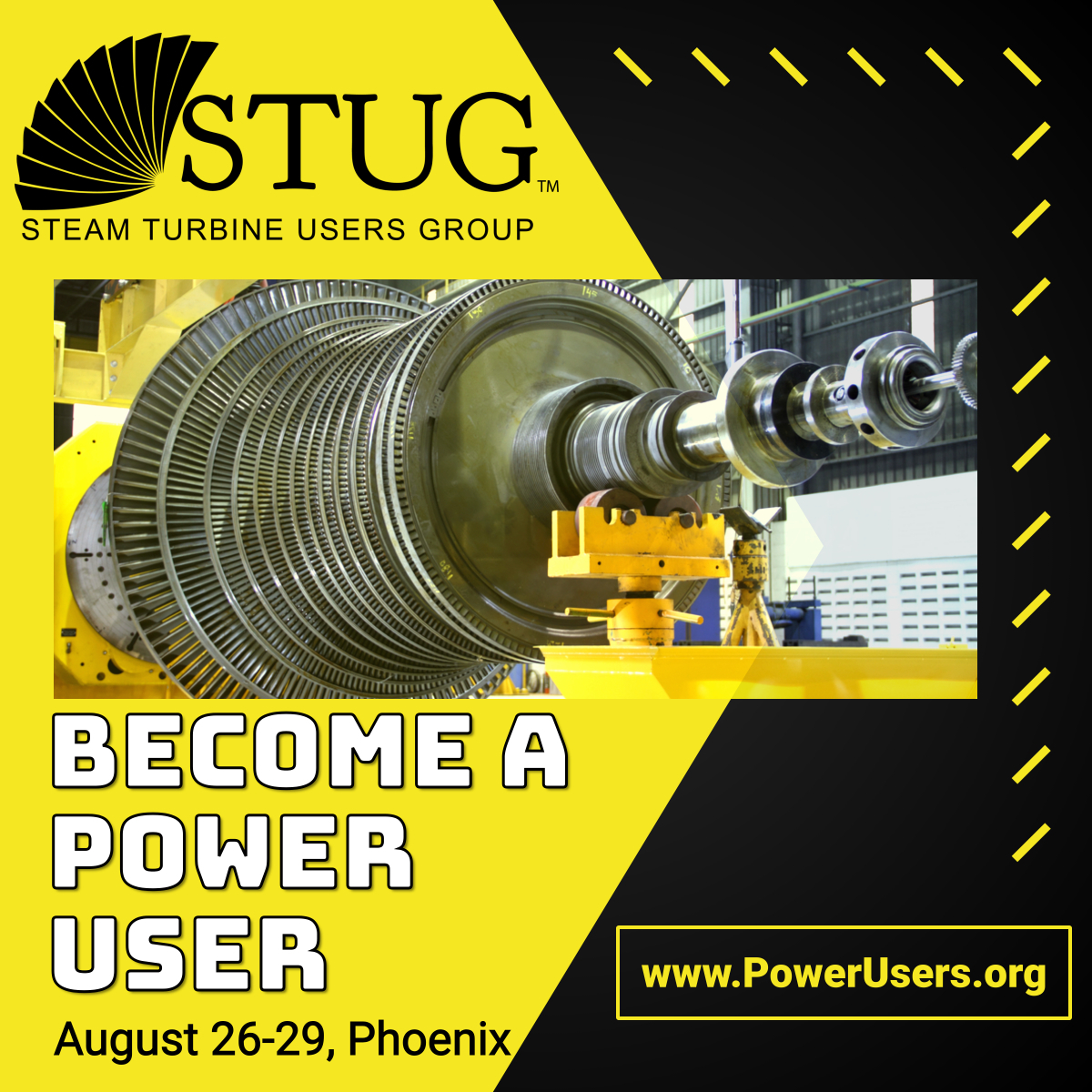
Related Links
- What you shouldn’t miss at the upcoming Power Users Annual Conference featuring five user group tracks
- Power Users Annual Conference dives deep into emerging industry trends, concerns
- Combined Cycle Users Group: 2023 vendor presentation recaps
- Steam Turbine Users Group: 2023 vendor presentation recaps
- Generator Users Group: 2023 vendor presentation recaps
- Power Plant Controls Users Group: 2023 vendor presentation recaps
“Energy Transitions: Evolving Electricity Resources, Challenges, and Opportunities,” Mike Caravagio, EPRI
There’s enough graphical material here for a landslide “best in show” win at the science fair. By reviewing EPRI’s program priorities for its members’ aggregate generating fleet, the viewer also gets a status report on the challenges facing combined cycle owner/operators. One important underlying message is that “cold winter nights” (in Texas, for example) and “hot late summer evenings” (in California, for example) have become key risks at the margins. Those tired of hearing about the “duck curve” will be happy to know it’s become a “canyon.”
“Steam Turbine Valves: Flexible Operation Damages and Testing/Monitoring Methods,” Constantin Chitic Foldi, EPRI
The throttling required of steam-turbine valves during load cycling poses additional stresses and risks. Slides review valve basics and functions, effects of cycling on specific components, condition monitoring and maintenance strategies, and the following online and offline tests: actuator spring pre-load and valve travel adjustment, hysteresis and ramp, hysteresis step response, stroke, seat tightness prior to startup and during scheduled shutdown, and steam leak-off (Fig 10).

“HP/IP Steam Turbine Rotor Bending—Contributing Factors and Lessons Learned,” Constantin Chitic Foldi, EPRI
A significant number of D11-equipped combined cycles have experienced temporary or permanent rotor bending, some quite severe. Numerous potential contributing factors are reviewed here. Results of a utility survey revealed 22 affected units and the subsequent slides on the severity, causes, and best practices to manage rotor bending should be considered “must read” if you have a D11 at your plant.
“Lube Oil System: Maintenance and Commissioning,” Randy Steele, EPRI
Essentially a summary of generic lube-oil-system (Fig 11) best practices, or what you’d find in a EPRI Report 1025331 (2012), “Turbine Generator Auxiliary Systems Volume 1: Lubrication System Maintenance Guide,” and companion reports (all listed at the end).

“Steam Piping Metal Expansion Joints,” Eric Davis, Senior Flexonics Pathway
If you (1) want to avoid what is illustrated in numerous “wreck on the highway” photos (Fig 12), (2) need a refresher on the types of metal expansion joints and how they behave under operational stress, (3) could use some guidance in developing a comprehensive inspection plan, or (4) are curious about “in-plane squirm, “loss of convolution parallelism,” “pressure thrust,” or column instability,” you won’t want to miss this slide deck.

“Return to Service Following Abnormal Operating Events,” Matthew Scoffone, TG Advisors/Entrust Solutions Group
Abnormal events included here are loss of lube oil, shaft and gland oil coking and material loss (four separate incidents), and LP blade vibration. Analysis of the event, questions to ask, steps to return to operation, additional risk considerations, and/or lessons learned are provided for each.
“Boiler-Feed-Pump Steam Turbines: Recent Issues and Challenges,” Hector Delgado, EthosEnergy
What, you worry, if your boiler feed pump steam turbine (BFPT) is over 30 years old and your plant has undergone significant load cycling? Yes, says author, because the unit was designed for baseload ops, blades cannot be tuned to avoid resonance (unlike generator drives), alloy material naturally degrades over time, and blades are subject to low-, and high-cycle fatigue (Fig 13). Author reviews remedies and mods developed through testing programs from the ‘80s and ‘90s. Bonus section covers BFPT control system upgrades.

“Turbine Generator Coupling Bolt Solutions,” Peter Miranda, Superbolt/The Nord-Lock Group
Advantages of company’s expanding bolt technology (EZFit, HiFit) over fitted or through bolts, retrofit options, and numerous plant references are delineated. Split expanding sleeves ease installation and removal.
“Turbine Insulation and Warming Systems,” Pierre Ansmann, Arnold Group
Company’s technology, now applied to HRSGs in addition to steam turbines, can improve startup times by 75%, reduce turbine stresses (because unit remains above 300F during non-outage shutdowns) and lifecycle consumption by 25%, and save on fuel, emissions, demin water, and manpower. Steam-valve services round out company’s “complete cycle solution.”





